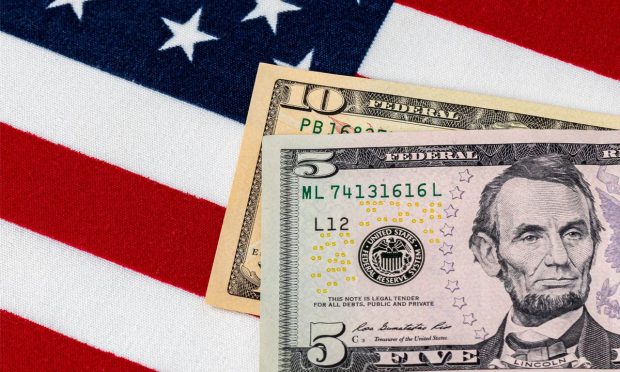Big Retailers Raising Wages Faster Than New $15 State Mandates

Of the 26 states — and Washington, D.C. — mandating minimum wage raises in 2022, California and New York are the only states that will require employers to pay at least $15 an hour to their workers, amid ongoing labor shortages in just about every sector of the American economy, CNBC reported Wednesday (Dec. 29).
A report from payroll experts at Wolters Kluwer Legal & Regulatory U.S., though, shows that many employers are pushing workers’ pay higher, whether there’s a mandate in place to do so or not.
This was the first year, for example, that the average hourly wage for supermarket and restaurant workers eclipsed $15, according to the U.S. Bureau of Labor Statistics. Across the board, wages and salaries were up 4.2% year-over-year through September 2021, according to bureau information.
Amazon, which has paid its employees at least $15 an hour since 2018, doled out offers averaging $18 an hour for new employees starting in September. Costco raised its minimum hourly wage to $17 in October, Hobby Lobby employees will make at least $18.50 starting Saturday (Jan. 1), T-Mobile pays at least $20 an hour to its workers and Bank of America promises a $25 hourly wage by 2025.
Walgreens Boots Alliance will push to pay its workers $15 an hour by November, while Olive Garden is fast-forwarding plans to pay at least $12 an hour including tips.
There are 20 states with the same pay floor as the $7.25 federal minimum wage, which has been the pay floor since 2009. An attempt to raise the federal minimum wage as part of the COVID-19 stimulus package failed earlier this year.
Related: New Jobless Claims Beat Forecasts, Hit 52-Year Low
Across the U.S., jobless claims have falling steadily through early December, when they reached 184,000, below the weekly total in March 2020, when the coronavirus outbreak began in full force across the U.S. and around the world.
Demand for workers is still high, but the supply of workers is still low, which has meant fewer layoffs and more unfilled jobs.
